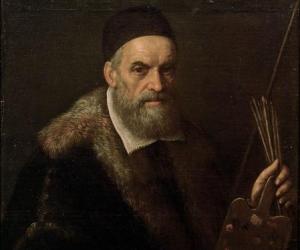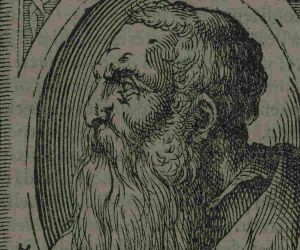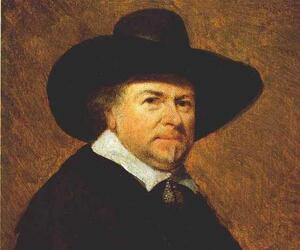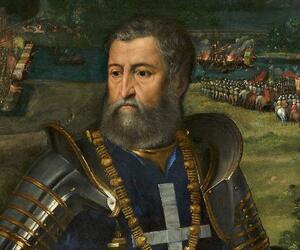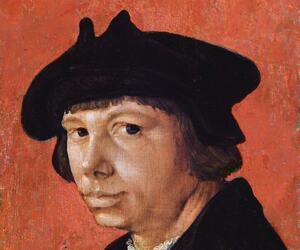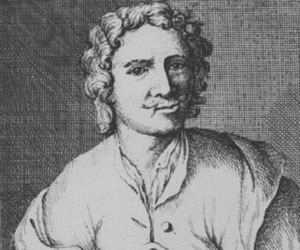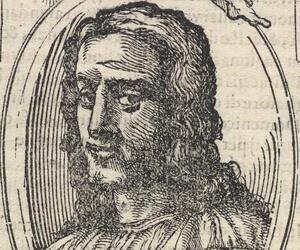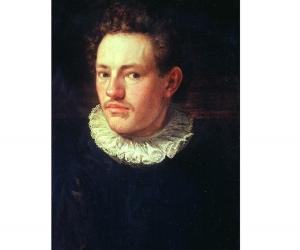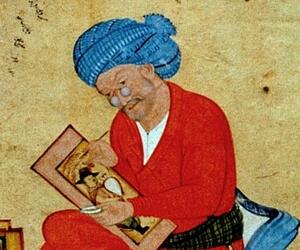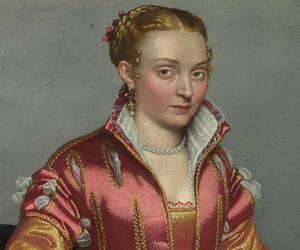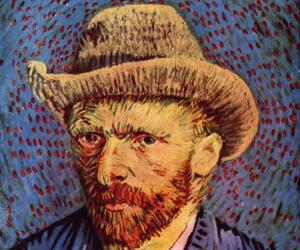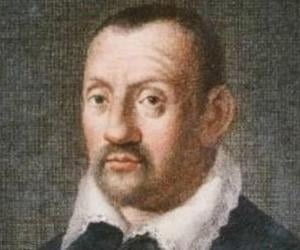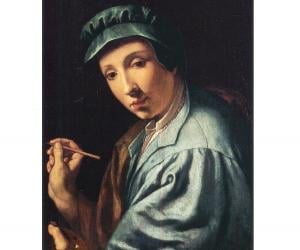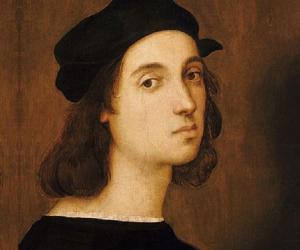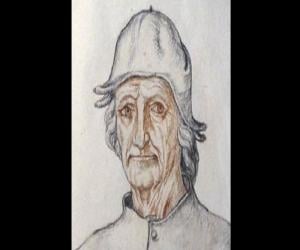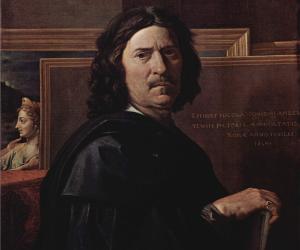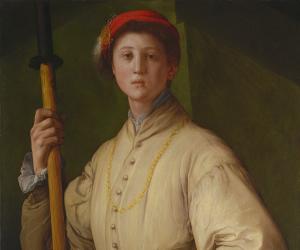Italian painter and architect Raphael, along with Michelangelo and Leonardo da Vinci, formed the great trio who ushered in the High Renaissance. He is mostly known for his frescoes of the Vatican Palace and The School of Athens. He also designed the Chigi Chapel, among other structures in Rome.
The founder of the French Classical tradition, painter Nicolas Poussin was initially influenced by Venetian art but later deviated to antiquity. Most of his paintings showcased historical, mythological, biblical elements but some were also inspired by landscapes and poetry. The Death of the Virgin remains one of his best-known works.
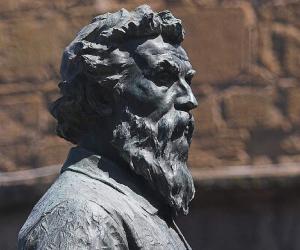
Benvenuto Cellini was a 16th-century Italian goldsmith, sculptor, draftsman, and artist. The multifaceted artist wrote poetry and a famous autobiography as well. An important figure in Mannerism, he is known for creating pieces, such as the Cellini Salt Cellar and Perseus with the Head of Medusa. He was a member of the prestigious Accademia delle Arti del Disegno of Florence.
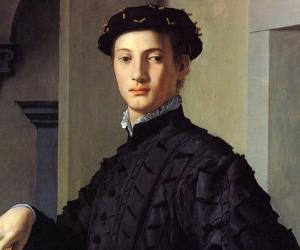
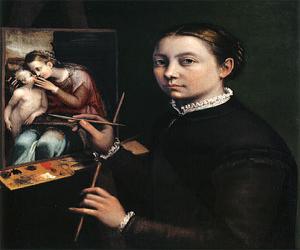
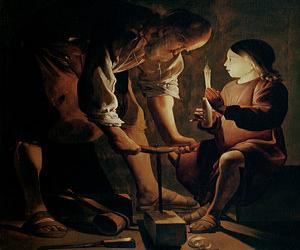
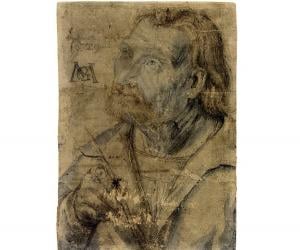
German Renaissance painter Matthias Grünewald, also known as Master Mathis, was the court painter of the elector of Mainz. His drawings were mostly made in black chalk. Of his religious works, the Isenheim Altarpiece still survives, though most of his works were destroyed in the Thirty Years' War.

Flemish painter Jan Brueghel the Elder is perhaps best remembered for his floral still lifes and landscapes. The second son of legendary Flemish artist Pieter Bruegel the Elder, he was also nicknamed "Velvet" Brueghel and "Flower" Brueghel and was a court painter of Holy Roman Emperor Rudolf II.
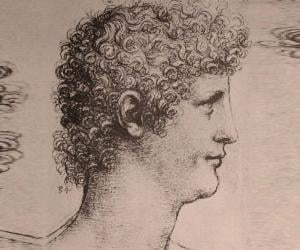
Italian artist Gian Giacomo Caprotti, better known by his pseudonym, Andrea Salaì, or Salai, had been one of Leonardo da Vinci’s favorite pupils. Also known as the Little Devil, he had entered da Vinci’s home at age 10 and later became his muse for paintings such as Bacchus and also his lover.
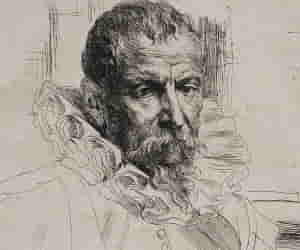
Flemish painter Pieter Brueghel the Younger was the eldest son of legendary Flemish painter Pieter Brueghel the Elder. Mostly known for re-creating his father’s works, he also created numerous original paintings, mostly depicting rural life. His works now adorn museums in cities such as Paris and Amsterdam.
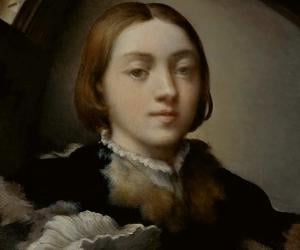
Pontormo was an Italian Mannerist painter and portraitist from the Florentine School. His style was remarkably different from what characterized the art of the Florentine Renaissance. Orphaned young, he struggled for several years before he was able to establish his painting career. He painted many altarpiece canvases and frescoes, of which only a few survive today.
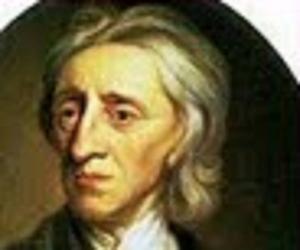
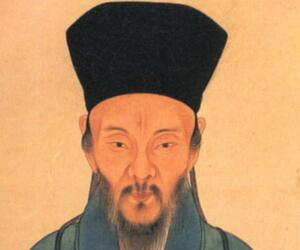
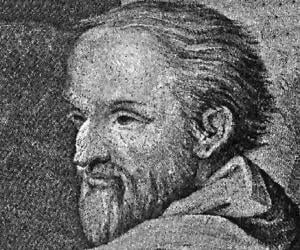
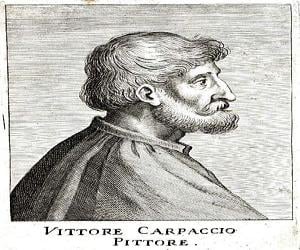

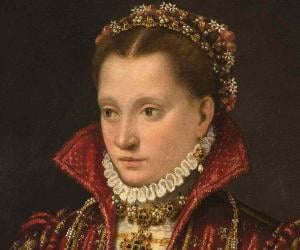
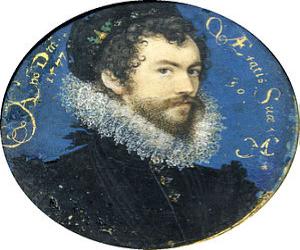
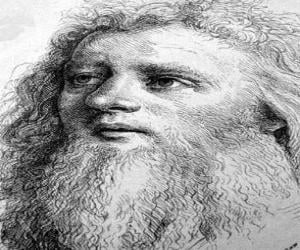
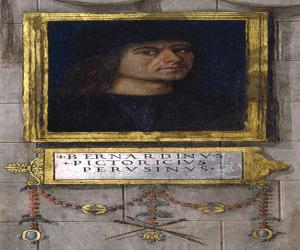
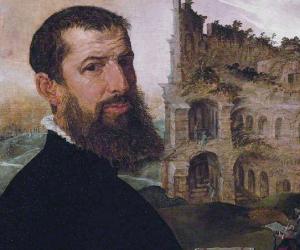
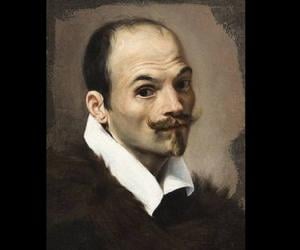
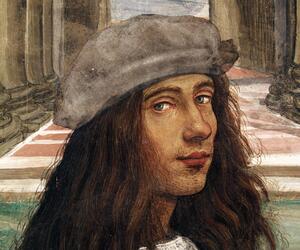
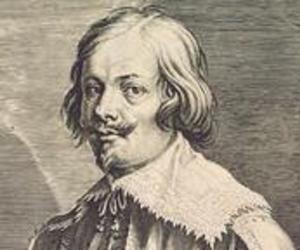
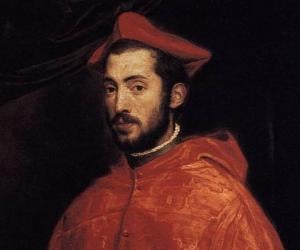
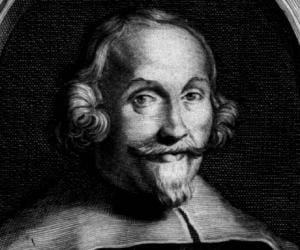

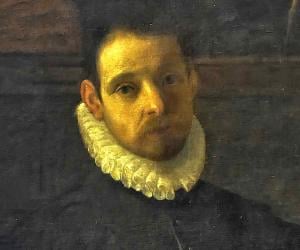
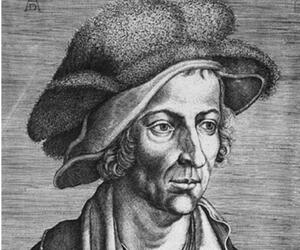
Joachim Patinir was a Flemish Renaissance painter best remembered for painting history and landscape subjects. He is credited with inventing world landscape, a style of panoramic Renaissance landscapes, which is considered Patinir's most significant contribution to Western art. Joachim Patinir also pioneered landscape as an independent genre.
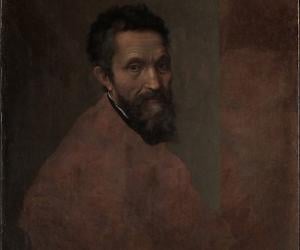
Daniele da Volterra was a 16th-century Mannerist Italian painter and sculptor. He became an apprentice to painter Perino del Vaga as a young boy and worked alongside him. He later befriended Michelangelo and often collaborated with him. His best-known painting is the Descent from the Cross. He trained many pupils, including painter Michele Alberti.
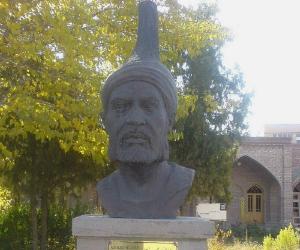
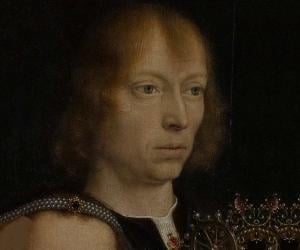
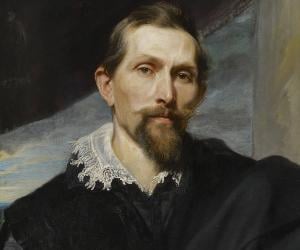
Flemish painter Frans Snyders is best remembered for his paintings of animals and hunting scenes. He also created still-lifes of flowers and fruits. He is also considered a pioneer in depicting animals as protagonists in everyday situations. His works also featured many collaborations with Antwerp painters.
